Maximizing Cleanroom Efficiency and Safety with USP797 Standards
Ensuring cleanroom efficiency and safety is crucial, especially in environments where sterility and contamination control are paramount. The USP797 standards provide comprehensive guidelines to help achieve this. Let's explore how these standards can help enhance cleanroom operations, ensuring both efficiency and safety.
Understanding USP797 Standards
The USP797 standards are designed to ensure the highest levels of cleanliness and reduce the risk of contamination in cleanrooms. They provide specific guidelines on various aspects, including personnel practices, environmental monitoring, and facility requirements.
These standards were developed by the United States Pharmacopeia Convention to improve patient safety, especially in the context of compounding sterile preparations. By adhering to these guidelines, healthcare facilities and other sectors can ensure that their cleanrooms meet the necessary safety and operational benchmarks.
One of the standout features of USP797 is its detailed approach to cleanroom practices. From equipment sterilization to proper ventilation, it covers every aspect needed to maintain a contamination-free environment.
Moreover, USP797 isn't just a set-and-forget guideline. It's a dynamic standard that evolves with new research and technological advancements, ensuring that cleanrooms remain at the cutting edge of safety and efficiency.
Key Requirements of USP797
To comply with USP797, cleanrooms must follow stringent protocols. These include proper gowning procedures, regular cleaning schedules, and comprehensive environmental monitoring. Each of these elements plays a critical role in maintaining a sterile environment.
Gowning procedures are one of the cornerstones of USP797. Proper attire, including gloves, masks, and other protective gear, is essential to prevent contamination. Staff must be diligent about changing into appropriate cleanroom garb every time they enter the sterile area.
Regular cleaning schedules ensure that every part of the cleanroom environment, from floors to countertops, stays spotless. Disinfecting surfaces and ensuring that all tools and equipment are sterilized before use are crucial to maintaining sterility.
Comprehensive environmental monitoring, on the other hand, helps detect any breaches in cleanliness. Regular air quality tests, surface swabs, and even microbial sampling can identify potential contamination sources and help address them immediately.
These protocols might seem stringent, but they are crucial for maintaining the integrity of cleanroom operations. By adhering to these guidelines, cleanrooms can operate at peak efficiency and safety.
Importance of Personnel Training
Well-trained personnel are essential for maintaining cleanroom standards. USP797 emphasizes the need for ongoing training to ensure staff are knowledgeable about best practices and the importance of adhering to protocols consistently.
Training programs should cover a wide range of topics, including proper gowning techniques, equipment handling, and specific procedures relevant to the cleanroom's operational needs. It's not just about initial training either; continuous education is vital to keep all staff updated on any changes in protocols or new safety measures.
Regular assessments and refreshers can help reinforce these practices. Simulated contamination scenarios, for instance, can be an effective way to test staff responses and ensure they are prepared for any eventuality.
Additionally, fostering a culture of accountability and attention to detail reinforces the importance of each individual's role in maintaining cleanroom standards. This collective responsibility ensures a higher compliance rate with USP797 guidelines.
Environmental Monitoring and Control
Environmental monitoring is a cornerstone of USP797 compliance. This involves routine checks of air quality, surface cleanliness, and humidity levels to detect potential contamination risks early and address them promptly.
Air quality monitoring typically includes testing for particulate matter and microbial contaminants. High-efficiency particulate air (HEPA) filters are commonly used to maintain clean air standards and any deviations from acceptable levels can be addressed immediately.
Regular surface cleanliness checks ensure that workspaces remain free from contaminants. This involves swabbing surfaces and testing for microbial presence, ensuring that any contamination is caught and dealt with swiftly.
Humidity and temperature controls are also vital, as certain contaminants thrive in specific environmental conditions. Keeping these parameters in check helps in maintaining an optimal sterile environment.
Facility Design and Maintenance
The design and maintenance of a cleanroom greatly influence its efficiency and safety. USP797 outlines the structural requirements and maintenance protocols that help in creating an optimal environment for sterile operations.
Key aspects include the cleanroom layout, which should minimize foot traffic and cross-contamination risks. Separate zones for different tasks, such as gowning, compounding, and packaging, help maintain a logical flow and reduce contamination chances.
Materials used in construction also play a crucial role. Walls, floors, and ceilings should be made of non-porous materials that are easy to clean and resist microbial growth.
Maintenance schedules must be rigorous and include regular inspections of all cleanroom surfaces, equipment, and systems. Ensuring that everything is functioning correctly and remains uncontaminated is pivotal for long-term cleanroom success.
Continuous Improvement Practices
Adopting a mindset of continuous improvement is vital for ongoing compliance with USP797. Regular audits, feedback loops, and updates to protocols based on the latest research and technology advancements help ensure that cleanroom operations remain efficient and safe.
Conducting routine audits provides an opportunity to identify any gaps in current practices and address them proactively. These audits should be thorough, covering all aspects of cleanroom operations, from personnel practices to environmental controls.
Feedback loops involve gathering input from cleanroom staff who are on the front lines of operations. Their insights can be invaluable in identifying practical areas for improvement and making the necessary adjustments to protocols.
Finally, staying abreast of the latest research and technological innovations ensures that cleanroom practices are always state-of-the-art. Implementing new best practices and advanced technologies can significantly enhance both the safety and efficiency of cleanroom operations.
Embracing USP797 for Optimal Cleanroom Performance
By adhering to USP797 standards, cleanrooms can achieve exceptional levels of efficiency and safety. These guidelines not only help in maintaining a contamination-free environment but also enhance operational workflows. Implementing these standards is a proactive step towards excellence in cleanroom management.
For your next USP-797 or USP-800 cleanroom project contact CleanAir Solutions, Inc. at (707) 864-9499, or by email to Sales@CleanroomSpecialists.com. You can browse the website for more information at www.CleanRoomSpecialists.com

